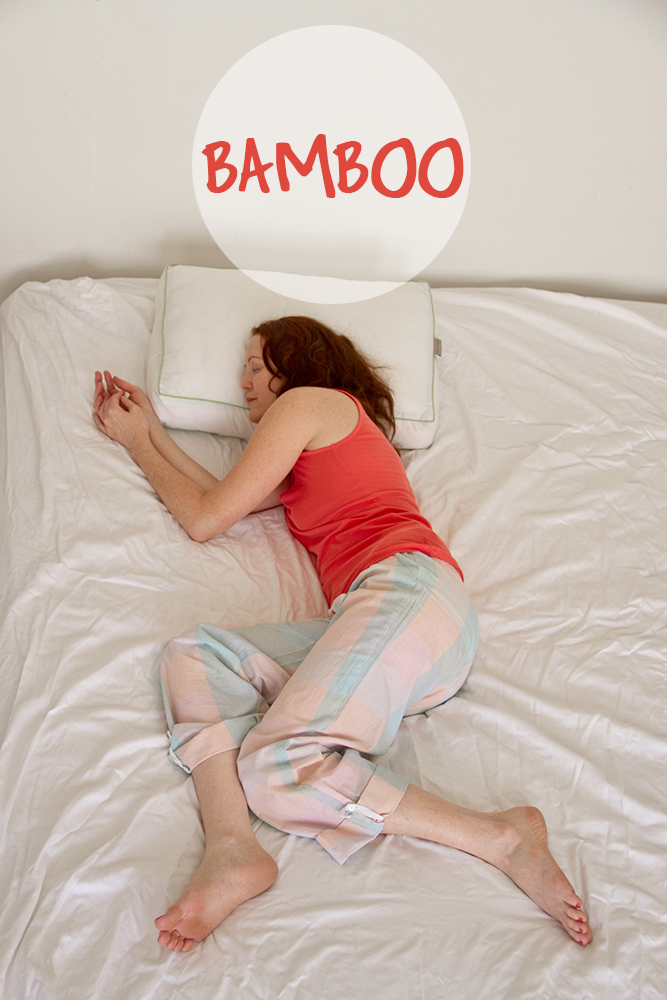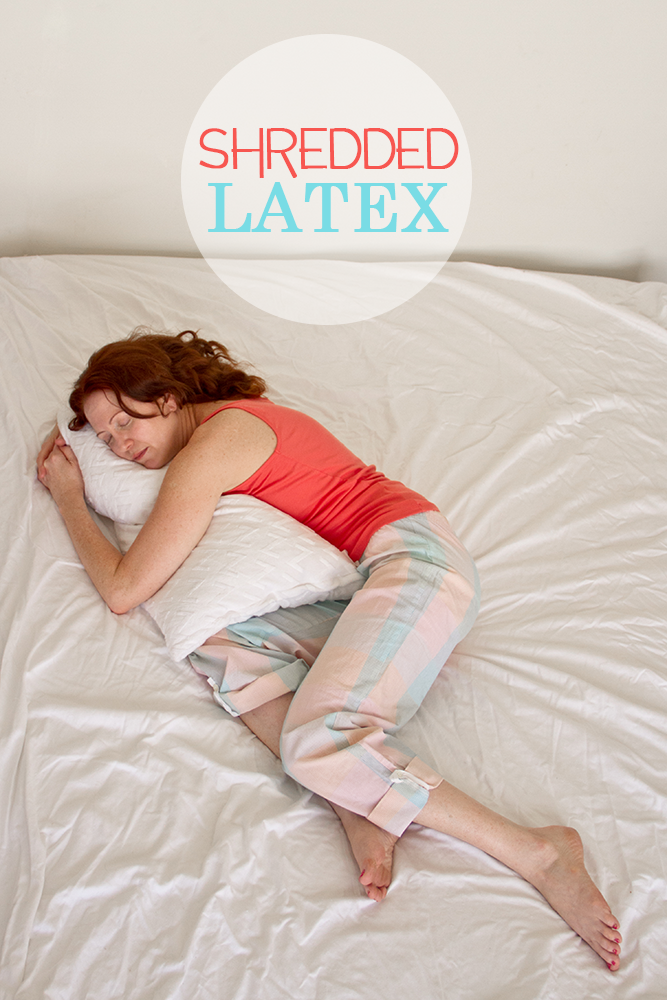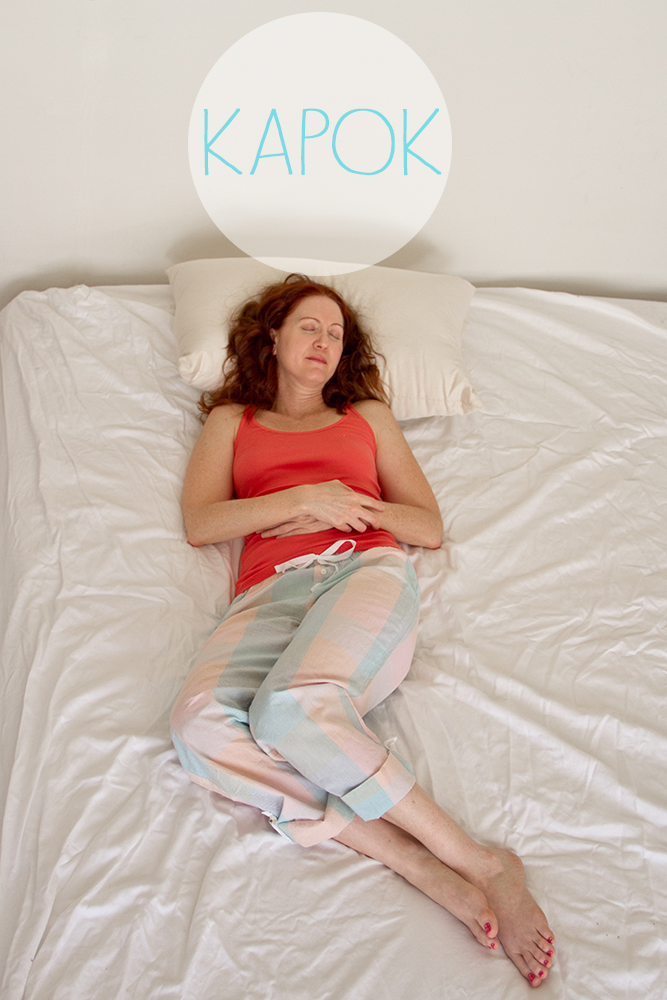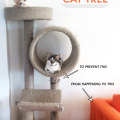Half of our life is spent in our bedrooms (and if you ask me, the better half!) so I’ve embarked on a journey to see how cruelty-free I could make my bedroom. What does that mean? The idea of cruelty-free means that no animals were used to make the products that we live with. The term comes up most often in cosmetics but I was interested in seeing how my bedroom stood up. Was my bedroom a compassionate place? It certainly was for me but what about the products I depended on? How cruel were the items I used to rest? And how much damage was my comfort causing the planet? I started with my 5 year old down pillows. Down is no good for ducks (birds are not protected by the Animal Welfare Act), the planet (industrial bird farming is a gross pollutant) or for our allergy-prone sinuses. I decided to test three environmentally and animal-friendly pillows.
I am in love with bamboo. I’m obsessed with it! Bamboo is simply a perfect resource. As those of us with bamboo groves in our backyards know, the plant grows at a ridiculous rate and requires very little water. But did you also know that bamboo contains a bio agent called Bamboo Kun which renders the stalks undesirable to pests? Bamboo is a naturally organic resource. No gross pesticides running off in to our water supplies or killing the people who harvest the stalks.
Bamboo is remarkably versatile and one of my favorite uses for the plant is in fabrics. Bamboo is a remarkably sexy alternative to cotton – no water, no deforestation, no human rights exploitation – but surprisingly I couldn’t find any bamboo case/bamboo fill pillows until I met the luxury bedding company Parker and Morgan. Heaven!
The next pillow I tried was shredded latex. Latex is sustainably derived from rubber trees and if you like memory foam this pillow will be your new best friend! Shredded latex conforms to your body like memory foam only doesn’t off-gas all those pollutants (seriously, the list of junk in memory foam is mind-blowing) nor will it catch on fire (ok, ok, on the fire-bit memory foam advocates say that has been put behind them with more chemical-based fire retardants). Why even go there when latex is a fantastic substitute. Latex uses less energy to make and latex foam for sleep is also antimicrobial, mildew proof and dust mite resistant. Works for me! I tried the Talalay Latex pillow by Malouf which I also love because in the place of a cotton case, the pillow is wrapped in bamboo. A double whammy of terrificness.
The third pillow I tried was kapok fill. What on earth is kapok? Great question. Kapok is an all-natural fiber pulled from the seed pods of the kapok tree found originally in Mexico, Central America and the Caribbean but now grown in Asia. Like bamboo, kapok requires no pesticides so is an organic material in addition to being lightweight, water resistant, and hypo-allergenic. The cool thing about kapok and in part as a result of where the trees are grown is that kapok is often the filling used in mediation pillows. Can you imagine anything more calming to sleep on? What does it feel like? A bit like buckwheat without the sound. Most kapok pillows come overstuffed so you can remove what you don’t need to create the right pillow height. I got mine from Bean Products. Check them out, you never know when you may also need a new yoga mat.
The winner?? There isn’t one. Each pillow is great for the planet and cruelty free. I personally love the Parker and Morgan pillow for comfort but that is entirely and only my preference. Pillows are like boyfriends, you have to try a few out. However I do know that when I lay my head at night, my dreams will be coming from a new and compassionate place.
(And what to do with your old down pillows? Donate them to an animal rescue group – not all will take them so call first – but you will find a few who will be very happy to help give their cats and dogs in need some place soft to sleep)












